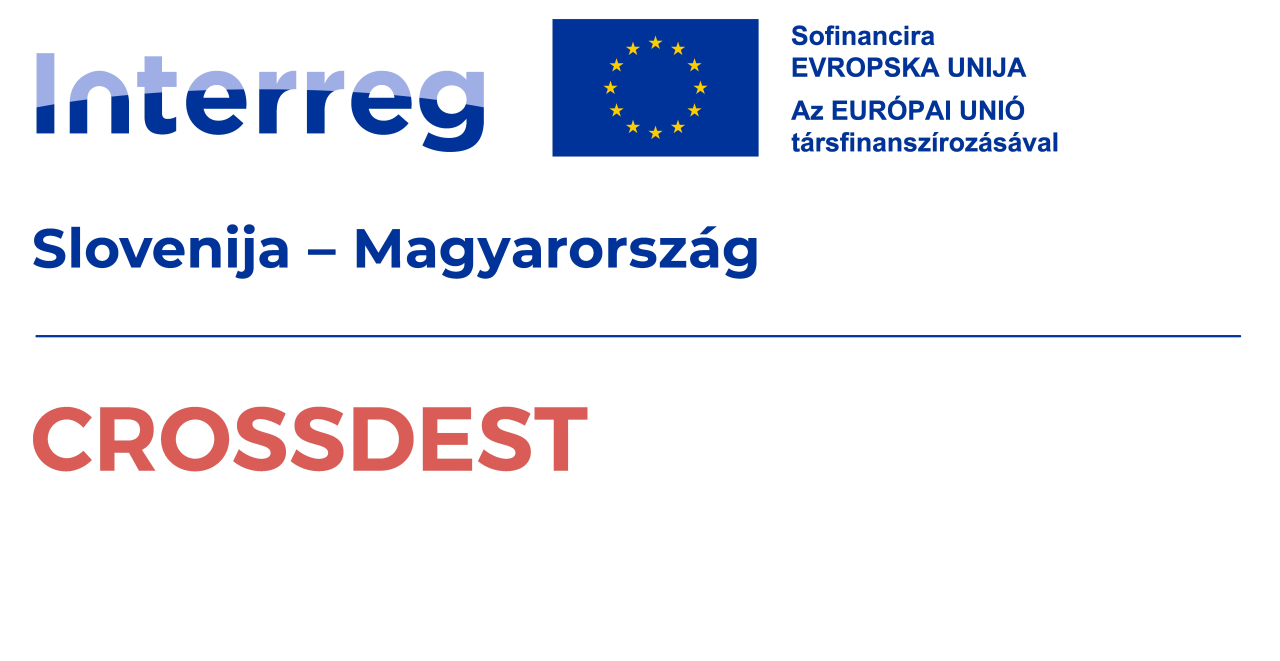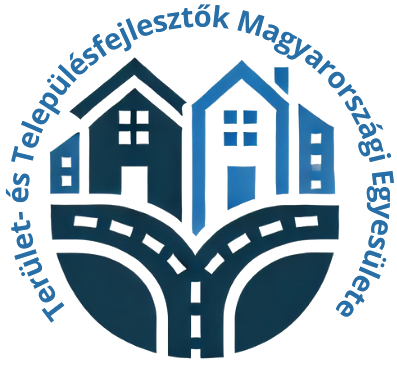Kozárd
The name of Kozárd suggests that a fragment of the Khazar people, who arrived with the Hungarian conquerors, settled in this area. In the Middle Ages, there were two settlements in the vicinity of Kozárd: Kozárvölgy and Varaskalapács. The latter was likely a fortified place, with its name deriving from the word "Váraskalapács." In 1413, King Sigismund granted both settlements to the Derencsényi family. Kozárd was first mentioned in Ottoman treasury records in 1633, listing three taxable households at the time. By 1770, the village was owned by Prince Miklós Esterházy and the Marsovszky family. During the 18th century, Hungarians and Slovaks were settled in the depopulated village. This is evidenced by local geographic names (Travnyik, Pohánka, Dubina) and common family names (Figura, Kollár, Kovács, Bagyinszki, Takács, Csalovszki, Oravecz, Malik, and later Kodák). From the 18th century to the mid-20th century, the ownership of the village changed frequently, with the estates passing through the hands of the Esterházy, Marsovszky, Kálnói Entre Antal, Plachy Gyula, and Hatvany–Deutsch families. In 1865, two-thirds of the village was destroyed by fire. Then, in 1873, an outbreak of cholera, diarrhea, and dehydration devastated the population, dealing a severe blow to Kozárd. The inhabitants primarily made their living from agriculture, and the wine produced in the Kozárd–Ecseg region was once renowned nationwide. However, in the 1880s and 1890s, the phylloxera epidemic (a root louse introduced from America, against which European grape varieties had no resistance) caused enormous destruction. Kozárd’s vineyards were not spared, and viticulture had to be restarted from scratch. Despite these efforts, the region's wine production never regained its former prestige. Today, the only remaining evidence of the once-thriving winemaking tradition is the rock-hewn wine cellars typical of the surrounding villages.
Arrival
- Walk
- Horseback
- Bike
- Electric bicycle
- Car
- Motorcycle
- Bus (rented for the trip)
Public transport
- bus
Parking information
- Free outdoor parking available






